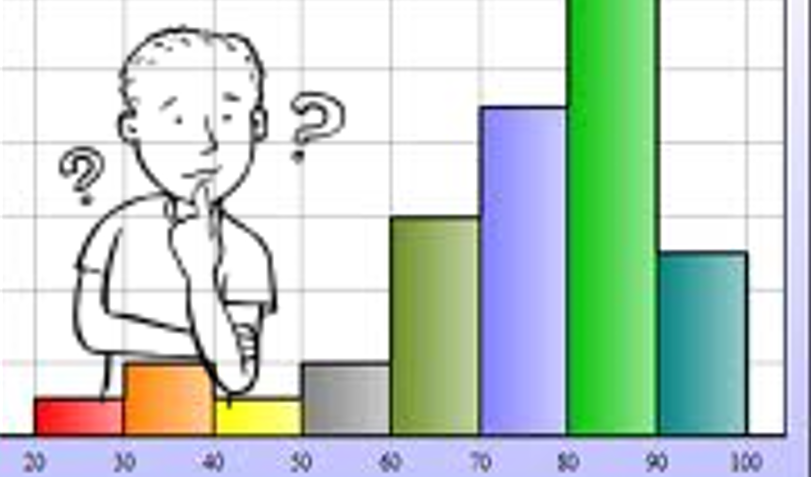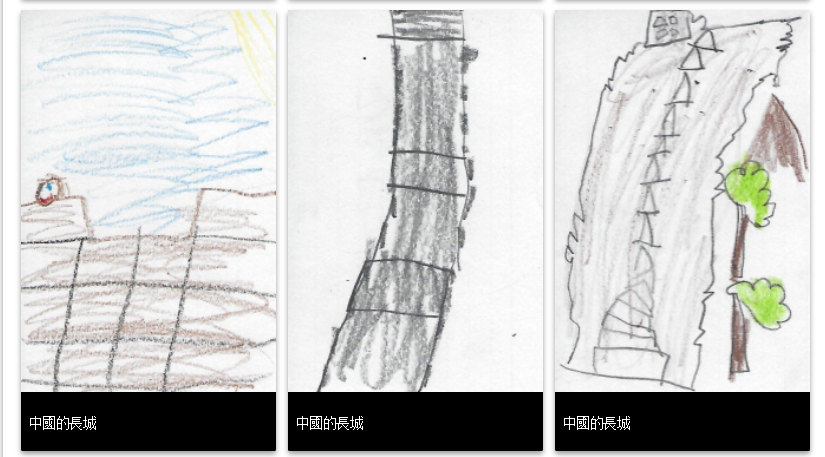Summary
In order to relate to the election process, the Kindergarten students conducted an election on different types of cookies. They participated in a variety of centers that allowed them to analyze data, research information, form opinions about their cookie, and attempt to persuade other students to vote for their cookie. Prior to the centers, the students listened to stories and created a KWL chart and other charts about the cookies. The class also used PebbleGo to research the voting process. Each student chose a cookie “party” and then attempted to persuade the other students to change their vote to support their party. After the completion of the centers, the students used their original products and gave a speech about their cookie. The students then participated in their own election by a secret vote. The class analyzed the data to see which cookie won and to see if any of the “parties” were able to persuade students to change their vote. After posting the results on the classroom blog, the class encouraged the parents to have their own cookie election so the class could compare the student data with the parent data. As a result of this lesson, the students were able to analyze a variety of data and begin to understand the importance of elections.
TIPC Ratings
The teacher facilitated research techniques by using a variety of literature (from the public library, school library and digitally created books by the teacher), an online database, print and digital magazines, and educational videos to build background knowledge. Also, the Election KWL chart activated students’ prior knowledge and set a purpose for the unit. In the Library center, the students researched by using books to help them create a four square with pictures and words of information about their cookie. The student needed to analyze the different informational sources and evaluate which source would be the most appropriate to use in their research. They later used the four square when they gave a speech about their cookie. This center helped the students understand the importance of knowing information about their cookie candidate before presenting to other people.
An essential component to this lesson was the possibility for students to share their research and ideas with their peers and family. The teacher provided many opportunities for the students to collaborate in centers and discuss their cookie candidate. If students were on the same party, they were encouraged to work together on ideas when creating their projects in the different centers. The students synthesized the information they learned about their cookie to persuade others to vote for their cookie. At the completion of the lesson, the students were able to pick which original product to present to the entire class (four square, StoryKit book, campaign poster). The students were encouraged to collaborate with other students on their party before choosing their best product. The students shared their product and gave a quick speech or cheer about their cookie. This gave them the experience of giving speeches and using props just like real life candidates do during their election speeches. After discovering which cookie won the election, the students discussed and reflected on what they could have done differently to convince more people to vote for their cookie. In addition, the students also communicated with parents and the community on the classroom blog and through the classroom newspaper. The parents were also invited to participate in their own election on the classroom blog.
The teacher facilitated a variety of engaging activities for the students to complete that allowed them to think critically and problem solve. The students formulated their own questions on the classroom KWL graphic organizer. The students were authentically assessed by the completion of their KWL chart. Digital tools, such as the Promethean Board, Activotes, StoryKit, and Pixie, strengthened their understanding of elections and the decision making process. In the Math center, the students compared the data collected from each center group and critically questioned why the results were different. This was followed by the teacher asking higher level thinking questions. This helped the students understand how each election could have different results and that not every group of people vote the same way. Also, in the Listening center, the students were able to reflect on the story by thinking of something he/she would want to do if he/she was class president for a day. This allowed the students to make connections from the story to our own classroom. The lesson was also expanded outside of the classroom by analyzing separate data from the parent election. The students compared and contrasted the different data sets from the student election and parent election.
The teacher allowed opportunities for the students to be creative when completing the products in each learning center. The students enjoyed showing their creativity on the StoryKit in the iPad center, on their campaign posters in the Art center, on their Pixie page in the Listening center, on their own original graphs in the Math center, and on their four square graphic organizer in the library center. The students created meaningful, originial work by taking strategic risks to create a new product. The students then chose one of their products to share with the class. The teacher encouraged them to choose their most creative work to present and the students were encouraged to collaborate with other students on their party before choosing their best product. This provided the students with an opportunity to reflect on their work and decide what would be the best product to help them convince their classmates to vote for their cookie.






